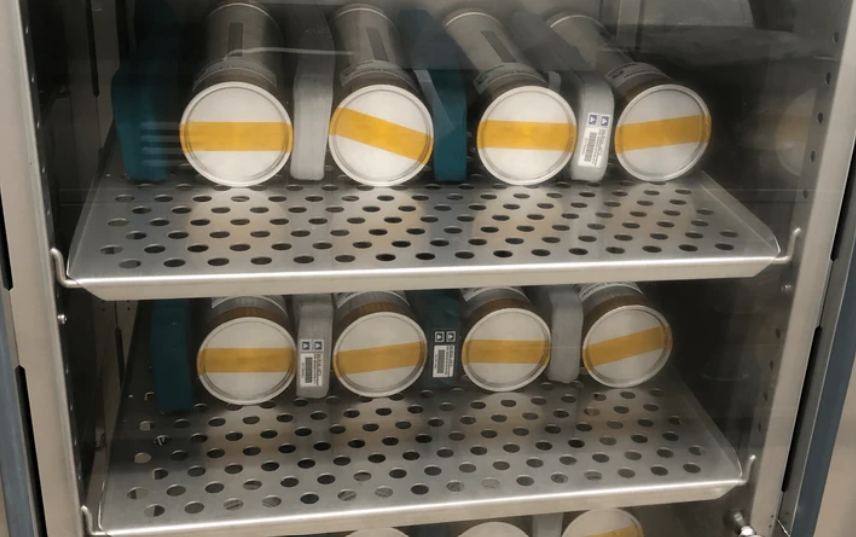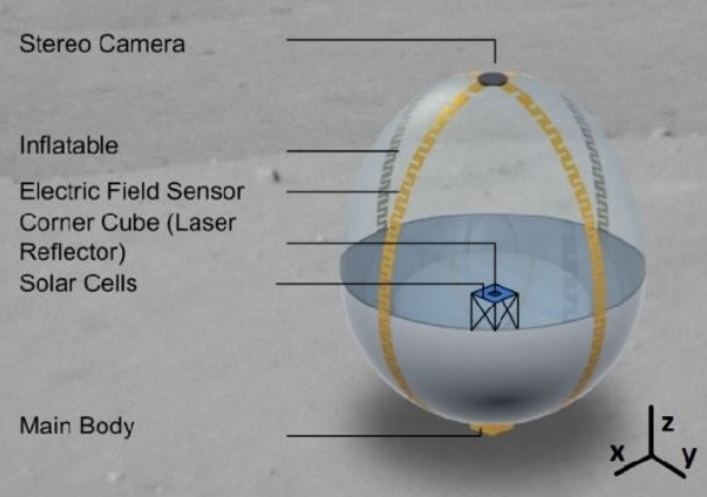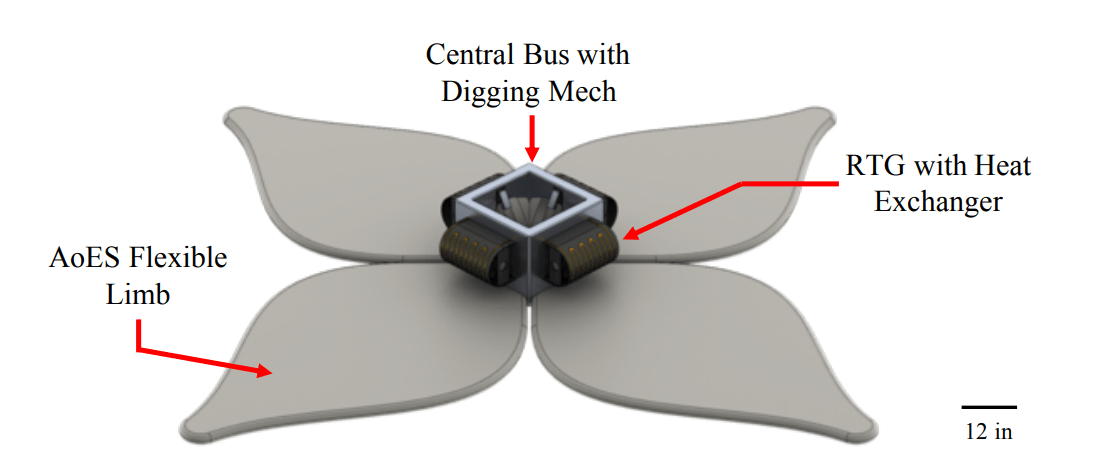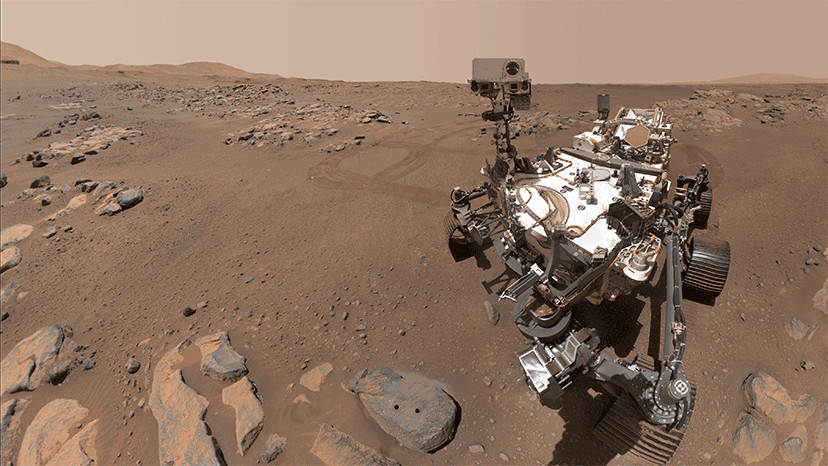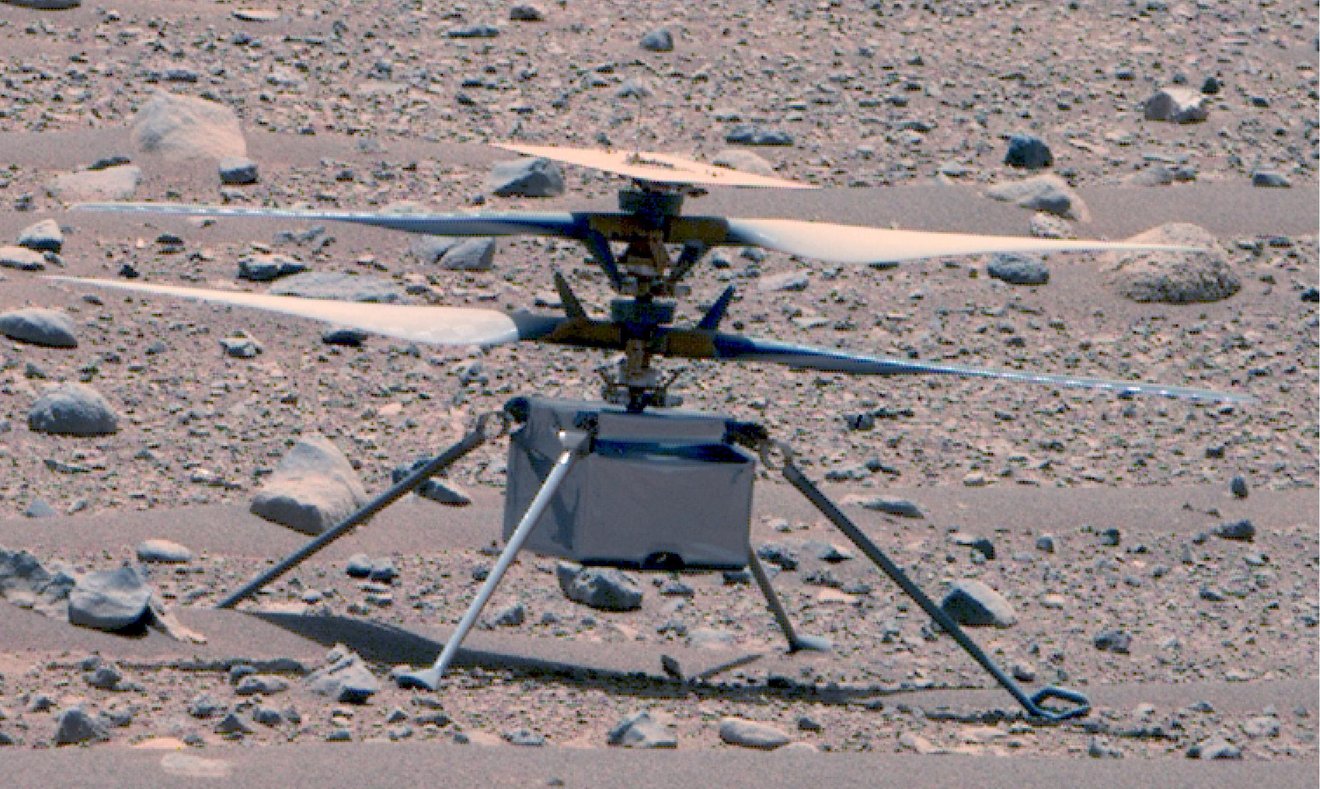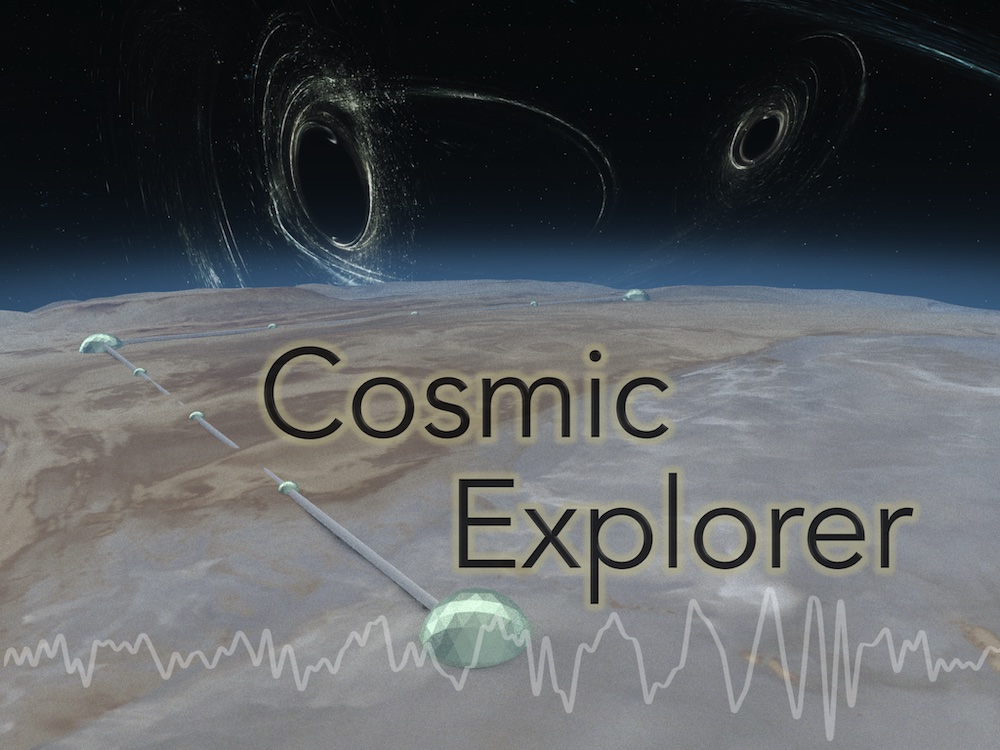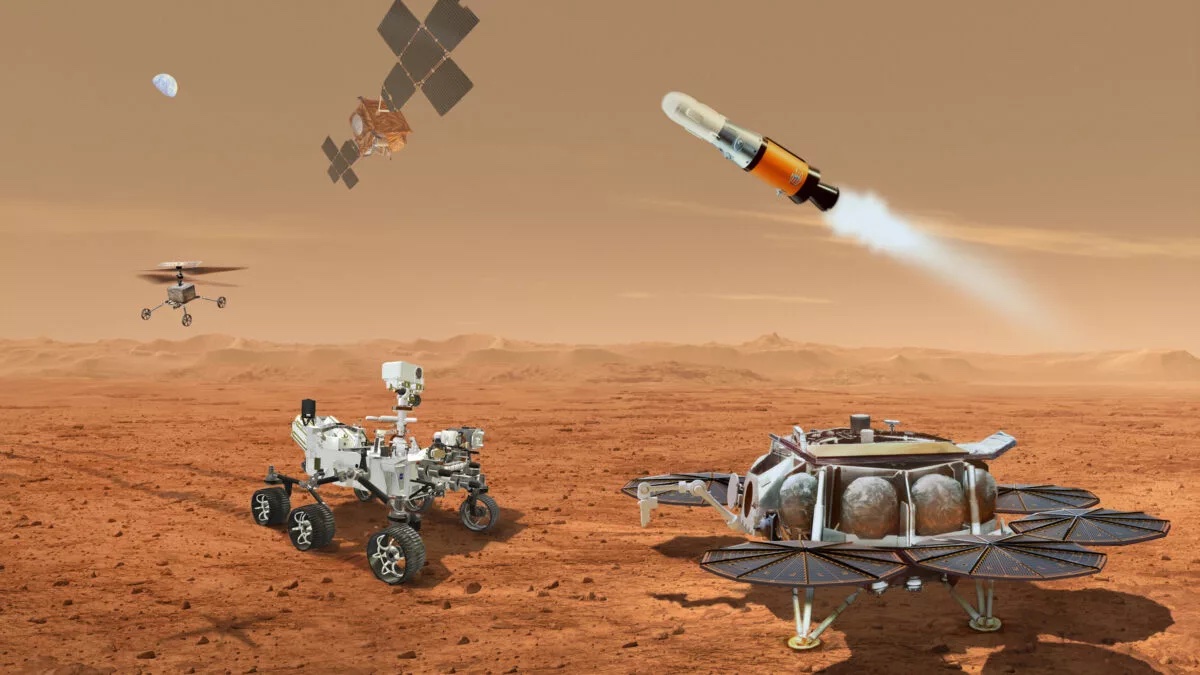In capitalist societies, resources are primarily directed at solving problems, and one of the biggest hurdles facing space development is its ability to directly solve the problems of the majority of humanity back on Earth. So far, we’ve taken some cautious commercial steps, primarily through satellite monitoring and communication technologies. Some think that space tourism is the “killer app” that will kickstart the commercialization of space. But to really have a sustainable business model, humans need to make something in space that they are unable to make on Earth. This article is the first in a series where we will look at what those possible first manufactured goods are. And in this case, the good isn’t something that might immediately be thought of as high-tech.
Continue reading “Could Aging Wine Become The First Major Space Manufacturing Business?”Need To Image An Asteroid Close Up? There’s an AMIGO For That.
There are so many asteroids. Just in our own backyard, we’ve found over 30,000 Near Earth asteroids. Exploring them using traditional methods and launching a custom-made mission, like Hayabusa or OSIRIS-REx, would almost certainly be cost-prohibitive. So how can we assess whether they would make good targets for early asteroid mining missions? Ground imaging can help, but there’s nothing like being on-site on one of these asteroids to get a sense of what they are made of. Those visits would be much easier if we mass-produced the Asteroid Mobile Imager and Geologic Observer (AMIGO).
Continue reading “Need To Image An Asteroid Close Up? There’s an AMIGO For That.”Engineers Design a Robot That Can Stick To, Crawl Along, and Sail Around Rubble Pile Asteroids
Asteroids come in many shapes and sizes. Most are spherical, though many have a feature that can make them difficult to land on – they are essentially just collections of rocks loosely bound together by gravity. In space exploration jargon, they are known as “rubble piles.” Many of the asteroids humanity has visited are considered rubble piles, including Itokawa and Dimorphos, the destinations for Hayabusa and DART, respectively. But, as the trials of the Philae spacecraft showed when it tried to meet up with the comet 67P/Churyumov-Gerasimenko, landing on these objects with very low surface gravity can be difficult. Enter a new concept from researchers at the University of Colorado, Boulder. Their idea, known as Area-of-Effect Softbots (AoES), could help future asteroid explorers, and even miners, overcome some of the challenges facing them at these small bodies.
Continue reading “Engineers Design a Robot That Can Stick To, Crawl Along, and Sail Around Rubble Pile Asteroids”Is This The First Exoplanet Trojan, or the Result of an Epic Collision Between Worlds?
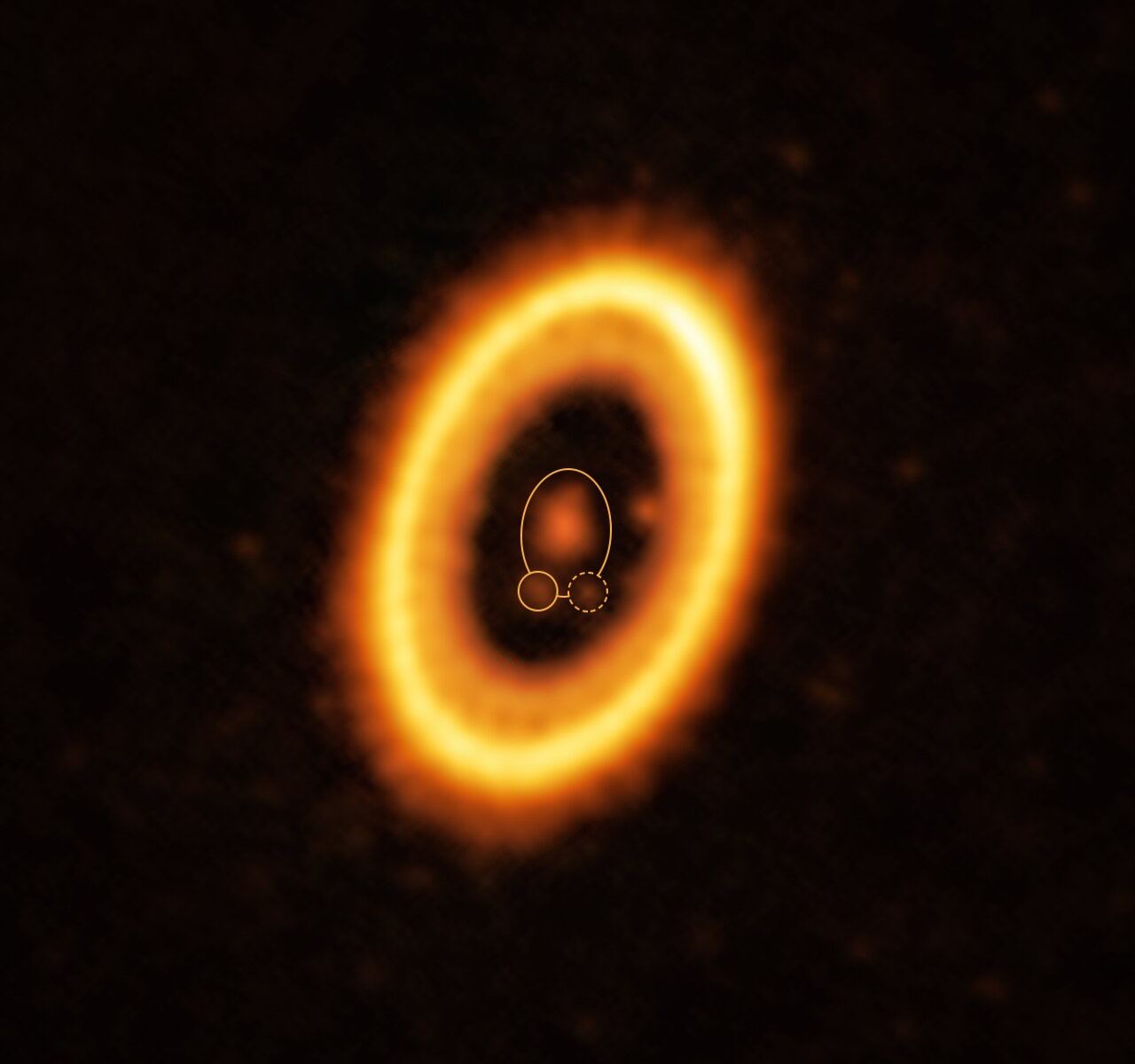
It seems like every week, researchers are finding more and more interesting exoplanets. Many of them have analogs in our own solar system – hot Jupiter or Super Earth are commonly used as descriptions. However, there is a feature of a solar system that doesn’t exist in our solar system but might somewhere out in the galaxy – a Trojan planet. Now researchers from the Centro de Astrobiologia in Madrid and colleagues in the UK, EU, and US have found what they believe to be the first possible evidence of a Trojan planet.
Continue reading “Is This The First Exoplanet Trojan, or the Result of an Epic Collision Between Worlds?”We Could Get Large Amounts of Water From the Moon by Directing the Sun At It
One of the most commonly discussed challenges when starting our species’ space exploration journey is how to get the resources necessary for life off of the Earth. Typically this is thought of as two things – water and oxygen, but, luckily, oxygen can be supplied by splitting apart a water molecule, so the most critical resource we could find in space is water. Commonly called a “volatile” in the language of space resources, water has been the focal point of many plans for in-situ resource utilization on the Moon, Mars, and elsewhere. Some of those plans have been well thought out, others not. One particular showed some promise when it was selected as part of NASA’s Institute for Advanced Concepts (NIAC) funding back in 2019, and here we’ll take a closer look at it.
Continue reading “We Could Get Large Amounts of Water From the Moon by Directing the Sun At It”Perseverance Finds a Wealth of Organic Materials on Mars
The search for life on Mars has been a long a confusing one. Inconclusive experiments abound, but one thing is certain – there is definitely organic material on the Red Planet. Now, a new study in Nature has confirmed that finding and showed just how complex that organic material actually is.
Continue reading “Perseverance Finds a Wealth of Organic Materials on Mars”A Satellite is Now Continuously Watching Lightning Strikes in Europe
Satellites often offer new perspectives when they launch. Sometimes because of the location they are placed in – sometimes because of their instrumentation. A new satellite by a consortium of European companies and agencies now provides a new perspective on one of the most powerful and fleeting natural phenomena – lightning.
Continue reading “A Satellite is Now Continuously Watching Lightning Strikes in Europe”After 63 Days of Silence, NASA Has Restored Communications with the Mars Helicopter
One of the most exciting success stories we’ve been able to report on repeatedly here at UT is that of the Ingenuity helicopter. Not only has it racked up several firsts for humanity, most notably the first powered flight of a craft on another planet, but it has provided both a new perspective and new scientific data to its operations team. It’s also consistently stayed ahead of its companion on the Red Planet – Perseverance, the rover it originally launched from. Sometimes, that causes a scary waiting period for the helicopter’s operations team.
Continue reading “After 63 Days of Silence, NASA Has Restored Communications with the Mars Helicopter”Next Generation Gravitational Wave Detectors Could Pin Down Dark Matter
Gravitational astronomy is a relatively new discipline that has opened many doors for astronomers to understand how the huge and violent end of the scale works. It has been used to map out merging black holes and other extreme events throughout the universe. Now a team from Cal Tech’s Walter Burke Institute for Theoretical Physics thinks they have a new use for the novel technology – constraining the properties of dark matter.
Continue reading “Next Generation Gravitational Wave Detectors Could Pin Down Dark Matter”The Mars Sample Return Mission is Starting to Look Expensive
We say it all the time here at UT – getting to space is hard. It’s even more hard to do new and interesting things in space. And when projects get hard, that usually means they cost more money. That is certainly the case for one of the most anticipated missions on NASA’s current docket – the Mars Sample Return (MSR) mission. And it’s not looking like it’s going to get any easier anytime soon.
Continue reading “The Mars Sample Return Mission is Starting to Look Expensive”
